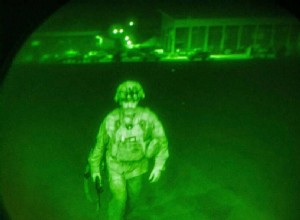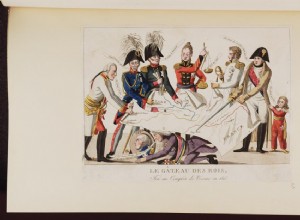No one should be misled. Since the beginning in 2002 of the political transition process promoted by the international community, led by Washington, there have been many voices that have (we) warned that the policies promoted by the new occupants and by the political regime installed by them were go




